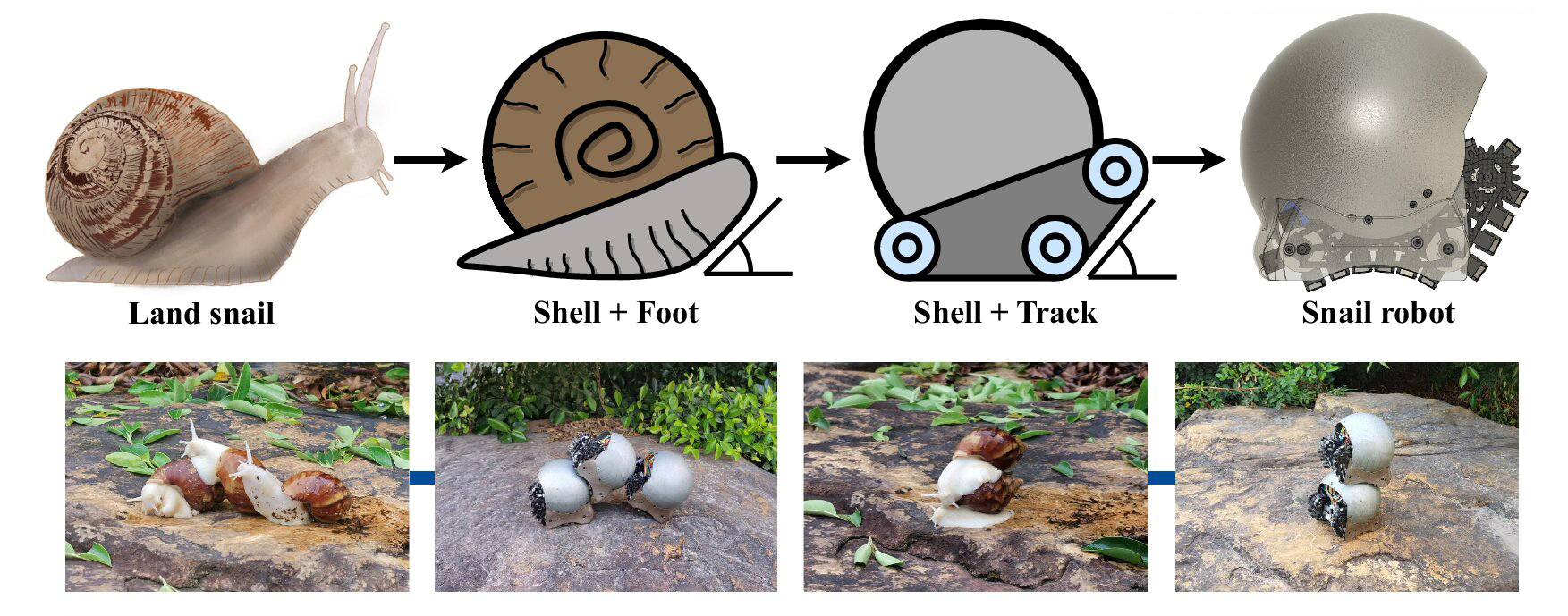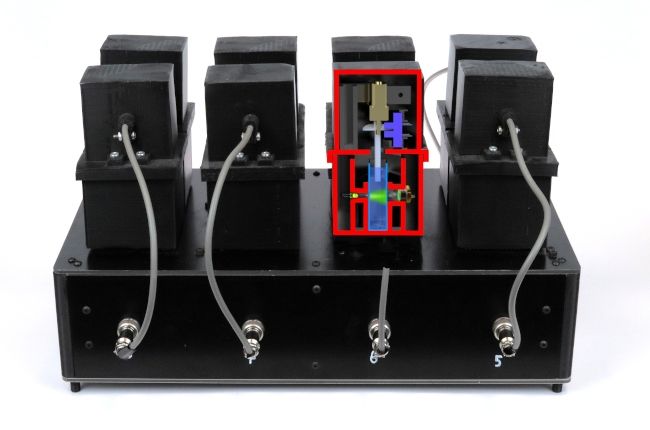Robots have long struggled with reliably picking up varied and irregular items, from produce to poultry. Mastering dexterous gripping, essential for many manufacturing and processing tasks, has been an elusive benchmark on the road to more seamless human-robot collaboration. But new innovations in soft robotics and simulation signal major strides toward closing this capability gap.
One company at the forefront, Massachusetts-based Soft Robotics, has built a food industry business around specialty grippers purpose-designed for handling delicate proteins, baked goods and other items. Using proprietary mGrip systems combining soft grasping 3D vision and AI, their technology can adaptively pick and pack loose unstructured goods without damage.
The company leverages NVIDIA’s Isaac robotics simulation platform to develop and iterate application-specific models faster. Physics-accurate synthetic environments in Omniverse allow generating the diverse labeled imaging data needed to train gripper systems – for example, creating photo-realist renderings of chicken parts randomly stacked as they would appear on a conveyor belt. This simulation capacity has increased more than 10X, significantly accelerating deployment timelines.
The urgent demand is driven by labor shortages plaguing food processing plants and cold storage warehouses, which play vital links in supply chains. Robust automation promises both to ease hiring bottlenecks and improve productivity for customers struggling to add capacity fast enough. It could also mitigate safety issues that persist with manual work in low temperature and pathogen-exposed settings.
Beyond addressing labor trends, the strides in configurable gripper intelligence and simulation exemplify the gradual demystification of dexterous manipulation that underpins seamless human-robot teams. As robots build 3D situational awareness and decision-making dexterity to match their broadening functional dexterity, they come closer to unlocking intuitive assistance across more roles.
The progress still relies on solving hard perception challenges like occlusion and lighting glare amid the clutter and moisture of working with food. But teaching robots to get a reliable grip on these slippery elements inches them toward the flexibility and reliability that could elevate automation from rigid uniformity toward adaptable collaboration.


















